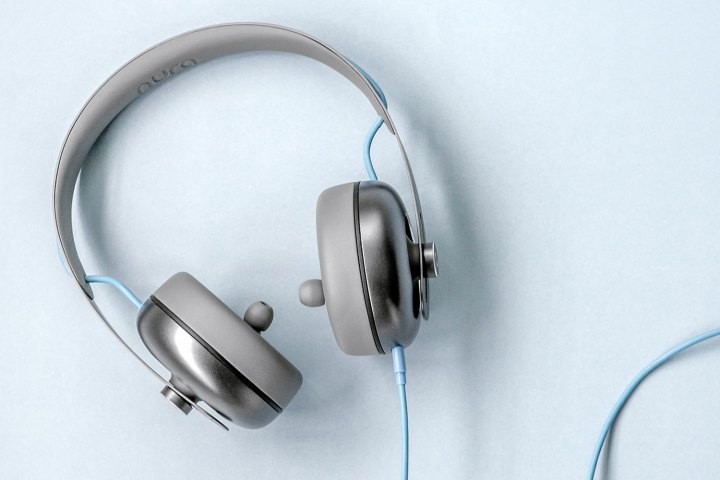
But just because the iPhone 7 doesn’t have an analog audio jack doesn’t mean you’ll have to sacrifice your Sennheisers. There will be a 3.5mm to Lightning adaptor bundled with every iPhone 7, but there’s also another wireless solution for your wired cans: a Bluetooth adapter. If you’re intrigued by the possibility of a bit of space between you and your phone, Bluetooth adaptors are a great solution. They confer not only freedom of movement, of course, but they also offer features like a playback controls and even mics on board for taking calls.
Below, we’ve rounded up some of the top choices in the burgeoning world of Bluetooth headphone adapters.
(Note: Audio quality is greatly reduced with Bluetooth connection. Also be aware that the cheaper you go, the more apparent the resolution issue will likely be.)
Best Bluetooth headphone adapter
Anker 2-in-1 Bluetooth Audio Transmitter Receiver ($30)

Anker, the folks behind reliable lines of USB chargers, smartphone cases, and cables make a pretty impressive Bluetooth adapter, too. The company’s 2-in-1 Bluetooth adapter is compact, sports an attractive two-tone matte-and-gloss metal finish, and packs an illuminated power button. Along with receiving audio from your phone wirelessly to send to your wired headphones, the Anker can also go the other way, transmitting audio to a Bluetooth device from a plugged-in source. That allows you to stream audio from your wired-in phone and send it to a Bluetooth speaker or pair of
Other great Bluetooth headphone adapters
Jumbl Bluetooth Adapter ($22)

Electronics company Jumbl’s eponymous Jumbl headphone adapter features a rugged design meant to withstand accidental drops, kicks, and stumbles. And unlike much of the competition, Jumbl’s adapter has playback controls built right in. In addition, the adapter sports dual microphones with claimed to deliver superior echo cancellation, as well as filtering out background noise and enhancing clarity. There’s also a handy clip to make sure it doesn’t go missing. The Jumbl offers standard Bluetooth range of 33 feet, and thanks in part to Bluetooth 4.0, battery is estimated at a claimed ten hours of playback or call time, and up to 150 hours of standby.
Mpow Streambot Bluetooth Receiver ($19)

If budget is your foremost concern, the Mpow’s Streambot is worth a look. At just under $20, it’s one of the cheapest Bluetooth headphone adapters on the market, but it doesn’t compromise on features. It sports circular silver volume up and down buttons and combination play/pause that lets you quickly answer, dismiss, and redial calls. The Steambot battery offers a claimed 10 hours of playback or talk time and 120 hours of standby time, and recharges in a about an hour and a half. It comes in black, and also ships with a 3.5mm audio extender to plug into a speaker or sound system.
JETech Wireless Bluetooth Stereo Audio Transmitter ($25)

JETech’s take on the Bluetooth headphone adapter is decidedly utilitarian aethetically, but don’t let the minimalist design cues dissuade you from considering it. Like the Anker, the JETech has Bluetooth transmitter functionality in addition to receiver features, meaning you can use it both for connecting your wired headphones to any Bluetooth source device, as well as transmitting audio from a hardwired device to any wireless speakers or
TROND Bluetooth Transmitter Receiver ($35)

TROND’s Bluetooth adapter is an impressive specimen. It’s tiny, portable, and features a distinctive power button surrounded by a ring of LEDs. TROND’s adapter can pair up to two devices at the same time, and, like others on our list, it doubles as a transmitter so you can send sound from your plugged in source device to a wireless speaker or headphones. But the highlight for video fans is support for Bluetooth 4.1. That means the TROND supports aptX LL, which offers improved sound resolution and minimizes audio lag (estimated at 40 milliseconds) — important for syncing video and audio content from your hardwired source device. That said, there’s no word yet as to whether the new iPhone will support aptX, so users should be aware of possible video lag. The TROND adapter has a range of about 33 feet, offers about eight hours of playback time per charge, and takes about two hours to charge from empty.


